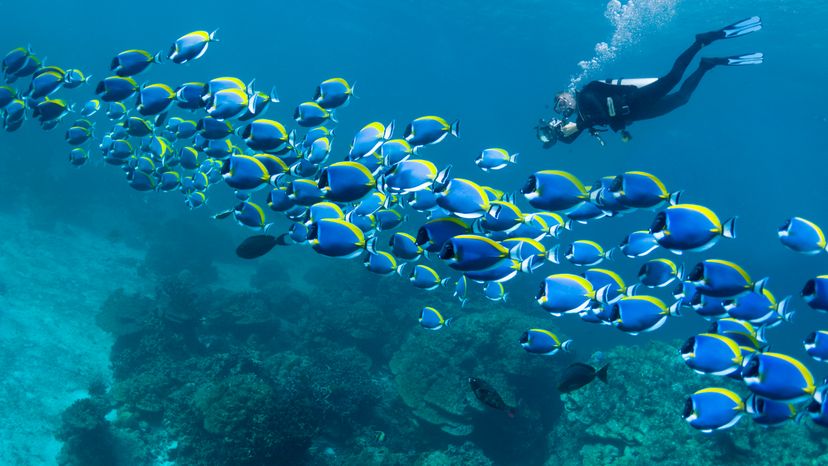Saturation diving is based on the principle that once a commercial diver reaches a depth, inert gases (like our buddy, nitrogen) saturate their tissues, the decompression time remains constant, whether they've been down for a minute, an hour, or even days. These saturation conditions are just like hitting the saturation point in a sponge.
Sat divers aren't just popping down for a quick visit. These divers spend extended periods below on a diving shift, working on underwater structures or perhaps an offshore oil rig, and living in underwater habitats.
They even use a pressurized diving bell as their elevator to the work zone. With such prolonged exposure, these deep divers need specialized saturation diving systems, complete with a life support technician, to ensure they're safe and sound.
Bringing Hollywood Into the Mix
Remember "The Abyss"? The film wasn't just a sci-fi thriller. It showcased saturation dives in an undersea oil rig, bringing this deep-sea profession to the big screen. And if that wasn't cool enough, the movie introduced the idea of liquid breathing.
Instead of taking in more inert gas, the saturation diver breathes a special liquid rich in oxygen, specifically a noncompressible, liquid perfluorocarbon compound.
Without any gas phase in contact with the blood, the danger of inert gas disappears. Imagine being able to dive up to 3000 feet without worrying about decompression injury! While still under research, this method has shown promise, even helping premature infants and those with acute lung injuries.
